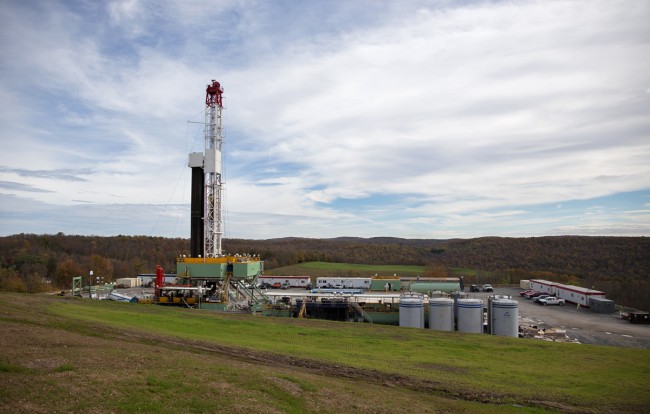 U.S. energy production overshadowed consumption by 9 quadrillion British thermal units (quads) in 2023, according to an analysis released by the U.S. Energy Information Administration (EIA) on Wednesday that showed the widest margin in records dating back to 1949.
U.S. energy production overshadowed consumption by 9 quadrillion British thermal units (quads) in 2023, according to an analysis released by the U.S. Energy Information Administration (EIA) on Wednesday that showed the widest margin in records dating back to 1949.
Energy production rose 4% to hit a record of nearly 103 quads in 2023, the analysis found, while energy consumption eased 1%.
WHY IT’S IMPORTANT
The 2023 rise in U.S. energy production was driven by increases in natural-gas and crude-oil production, the analysis found. Multiple indicators suggest that the U.S. oil and gas industry has thrived under President Joe Biden’s administration, despite its push to decarbonize the U.S. economy.
BY THE NUMBERS
Dry natural gas production increased 4% in 2023 – logging a 58% rise since 2013 – and crude-oil production has grown 69% since 2013. Crude production is up 9% from 2022.
Renewable energy production rose 1% compared to the previous year, touching eight quads of energy and reflecting a 28% increase since 2013. Solar-energy production grew 15% last year, while wind production fell 2%.
On the flip side, U.S. energy consumption declined slightly in 2023, the analysis found, with petroleum and natural gas consumption largely unchanged from 2022. Coal consumption dropped 17% to its lowest level in more than a century due to its shrinking role in electricity generation.
KEY QUOTES
“Natural-gas production has continued to increase despite lower prices because natural gas is produced as a byproduct of crude-oil production. That’s especially true in the Permian Basin, which accounts for almost half of U.S. crude-oil production,” said Chris Higginbotham, an EIA spokesperson.
Two primary factors are contributing to the decrease of coal consumption for power generation, Higginbotham added: coal generators are retiring and low natural-gas prices and increasing renewable capacity make coal less economical for power generation.
(Reporting by Kavya Balaraman in Bengaluru; Editing by Rod Nickel)